Motivation is an essential factor in any success story. It can drive us to reach our goals and dreams, no matter how challenging they may be. Yet it can be difficult to tap into this powerful resource and to make the most of it in our professional lives. In this article, we’ll explore the various professional techniques you can use to boost your motivation and make the most of it for career success.
Table of Contents:
1. Understanding the Power of Motivation
2. Professional Approaches to Motivation
3. Implementing Motivational Techniques
4. Overcoming Roadblocks to Motivation
5. Reaping the Benefits of Motivation
6. Conclusion
1. Understanding the Power of Motivation
Motivation is an essential resource that can drive an individual toward achieving professional success. It has been defined by many theorists as “the underlying force or energy that initiates and maintains behavior”. It involves both psychological and physiological factors associated with the pursuit of success. It involves having an internal drive and a belief in oneself, as well as knowledge of what needs to be achieved to reach one’s goals. It is also vital to have a clear vision of the desired outcome, and the steps needed to achieve it. Having a positive mindset is also essential for tapping into and using motivation for successful outcomes.
2. Professional Approaches to Motivation
Professionals can use a variety of approaches to tap into the power of motivation. Positive self-talk is one such approach. It involves speaking kindly to yourself and identifying and eliminating any negative thoughts that may be stopping you from reaching your goals. Goal-setting is another popular technique that can be used effectively to increase motivation and drive. This can involve breaking down large goals into achievable, short-term goals that provide short-term successes and rewards. Creating a plan of action and utilizing the support of family and friends can also help to achieve motivation.
3. Implementing Motivational Techniques
Once professionals have understood the potential benefits of motivation and chosen their preferred approach, they must then take concrete steps to put it into practice and implement the necessary techniques. Setting an achievable schedule and timeline, rewarding oneself for achieving goals, and using visuals or audio recordings as reminders of progress can all be helpful in staying motivated. Acknowledging and celebrating successes is also important for continuing motivation. Keeping a journal of progress can also be beneficial, as it provides an opportunity for reflection and evaluation.
4. Overcoming Roadblocks to Motivation
At times, even with the best intentions, motivation can become blocked. This can happen for a variety of reasons, such as a lack of clarity of goals, feeling overwhelmed by the number of tasks, or feeling discouraged due to setbacks. In such cases, it is essential to recognize the underlying issues and address them. Making sure that goals are not too ambitious, seeking out mentor-ships or guidance, and taking meaningful breaks can all help to overcome these roadblocks and get back on the path to success.
5. Reaping the Benefits of Motivation
When motivation is harnessed effectively, the benefits are considerable. Professionals can achieve their goals and dreams more easily, while also enjoying the satisfaction that comes from achieving success. Increased confidence, optimism, and self-worth often follow, leading to further success. Finally, motivation can also provide a source of inspiration and renewal, providing the drive and energy needed to reach new heights of professional achievement.
6. Conclusion
Motivation is a powerful tool for success, and when harnessed correctly, it can lead to numerous professional benefits. By understanding and utilizing the various techniques and approaches available, professionals can reap the rewards of motivation and work towards achieving their goals.


